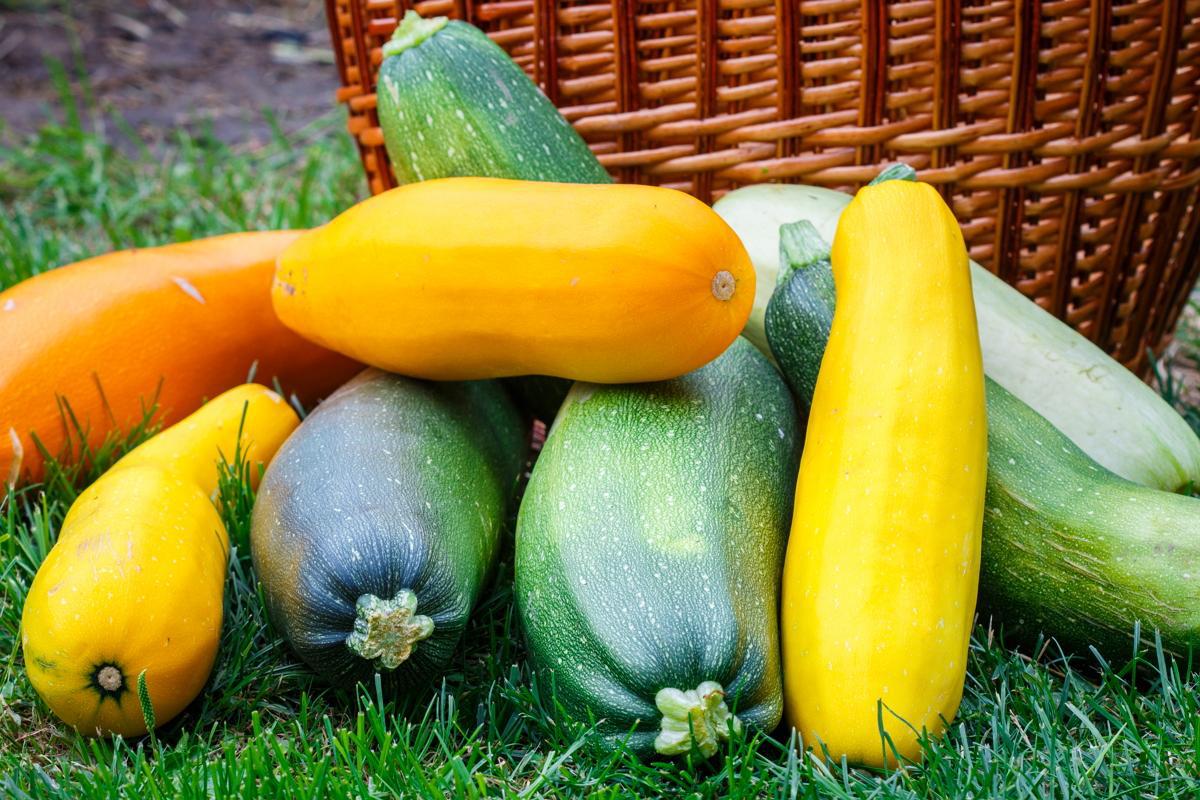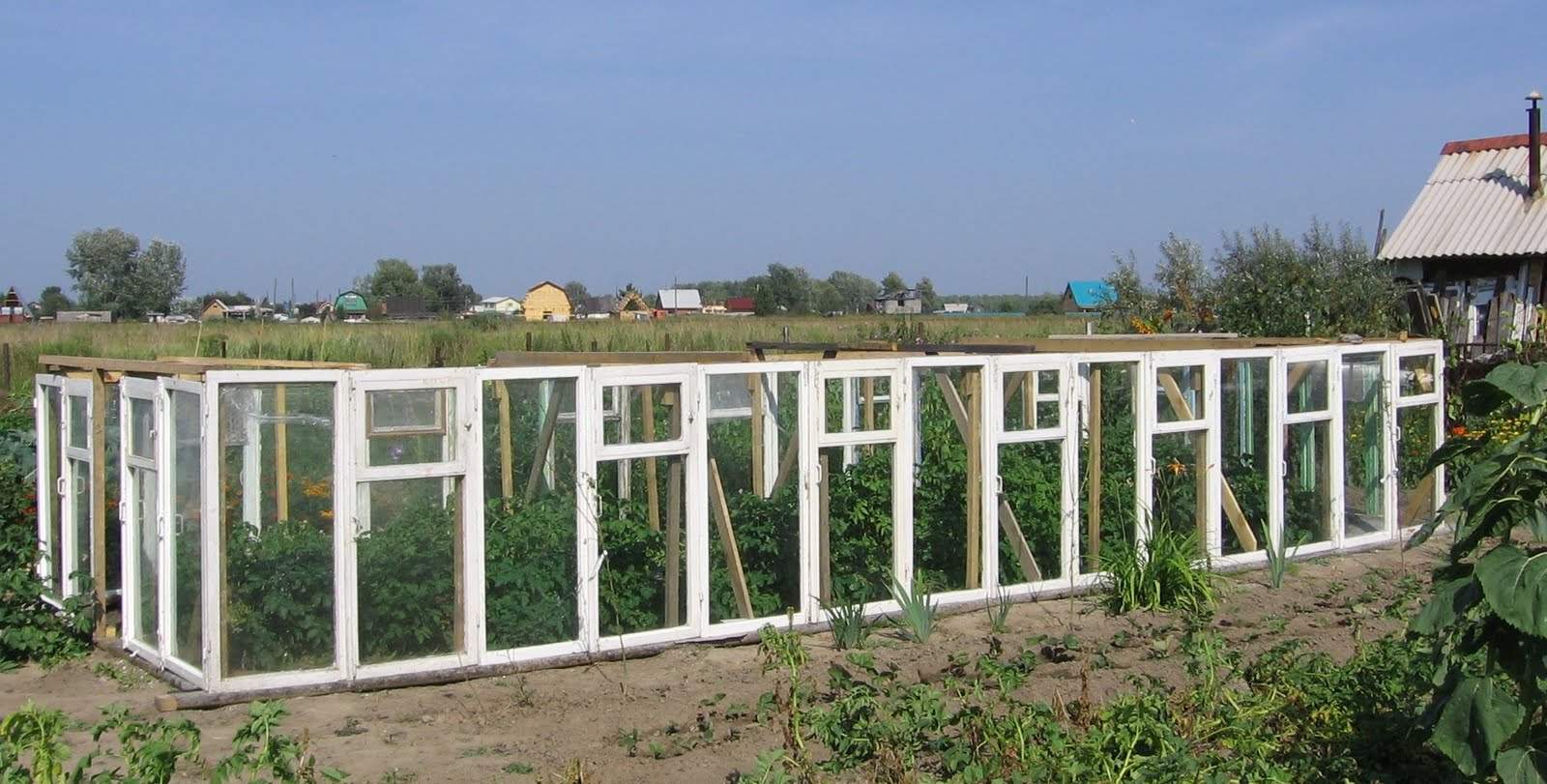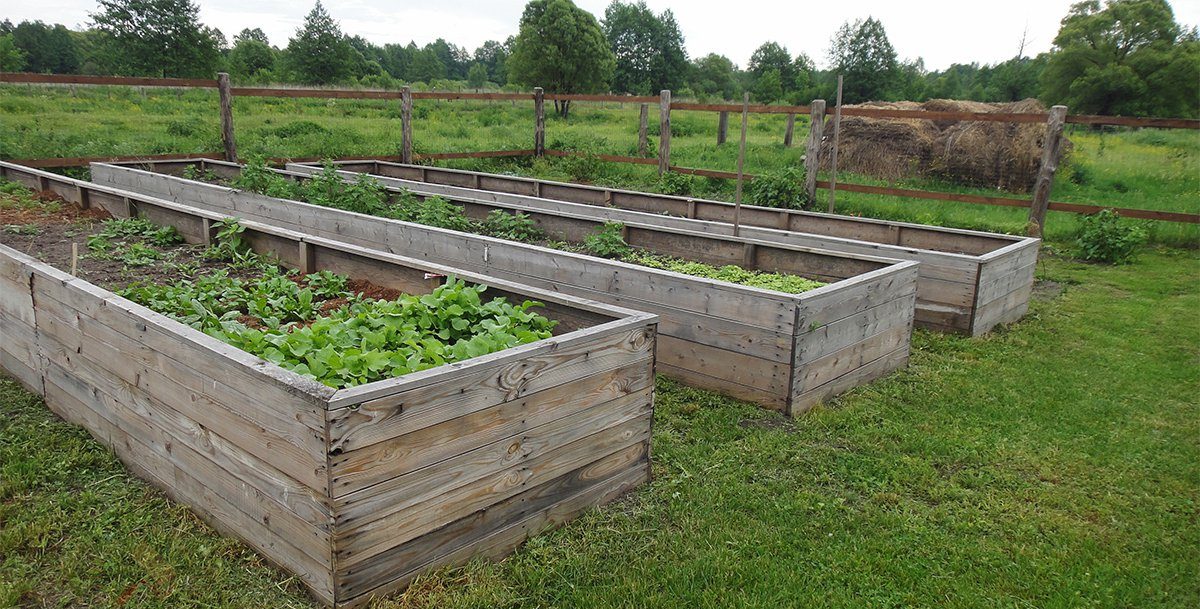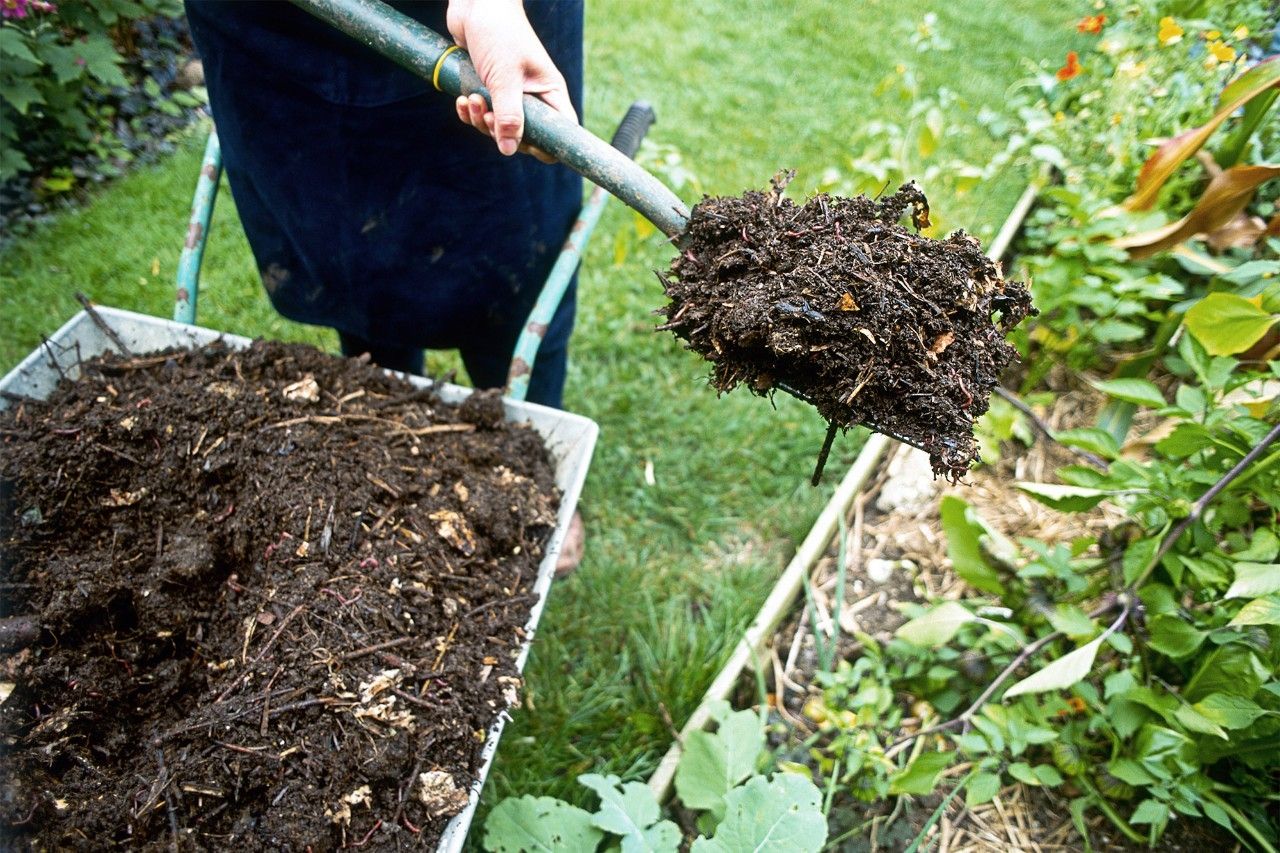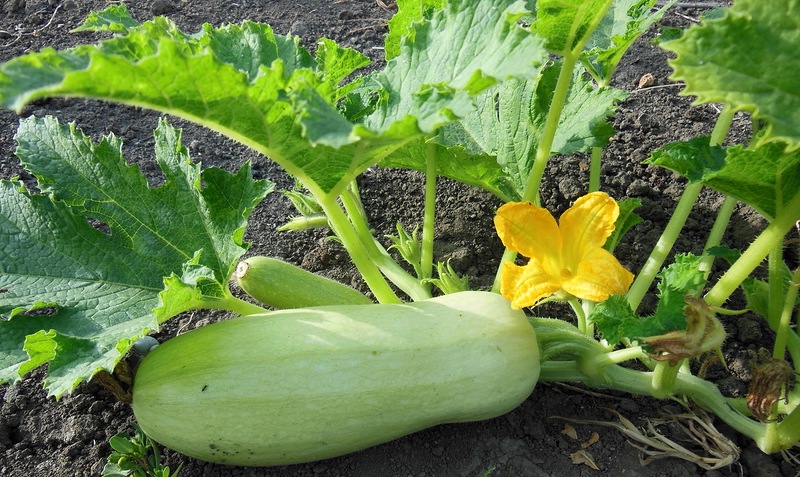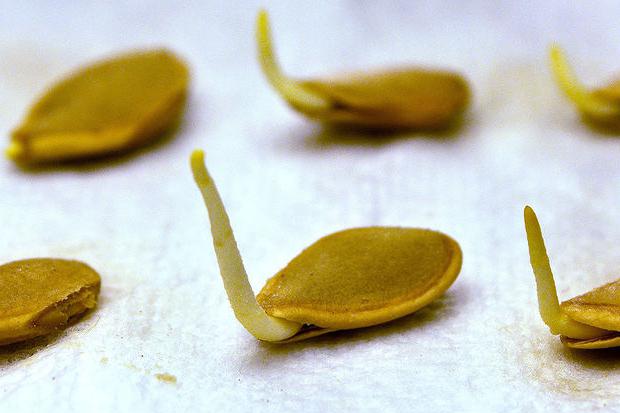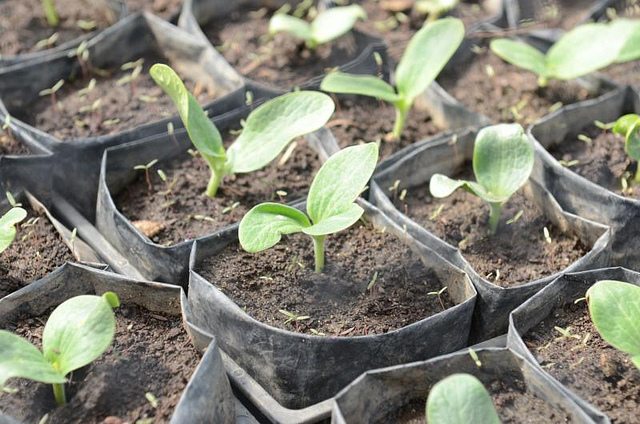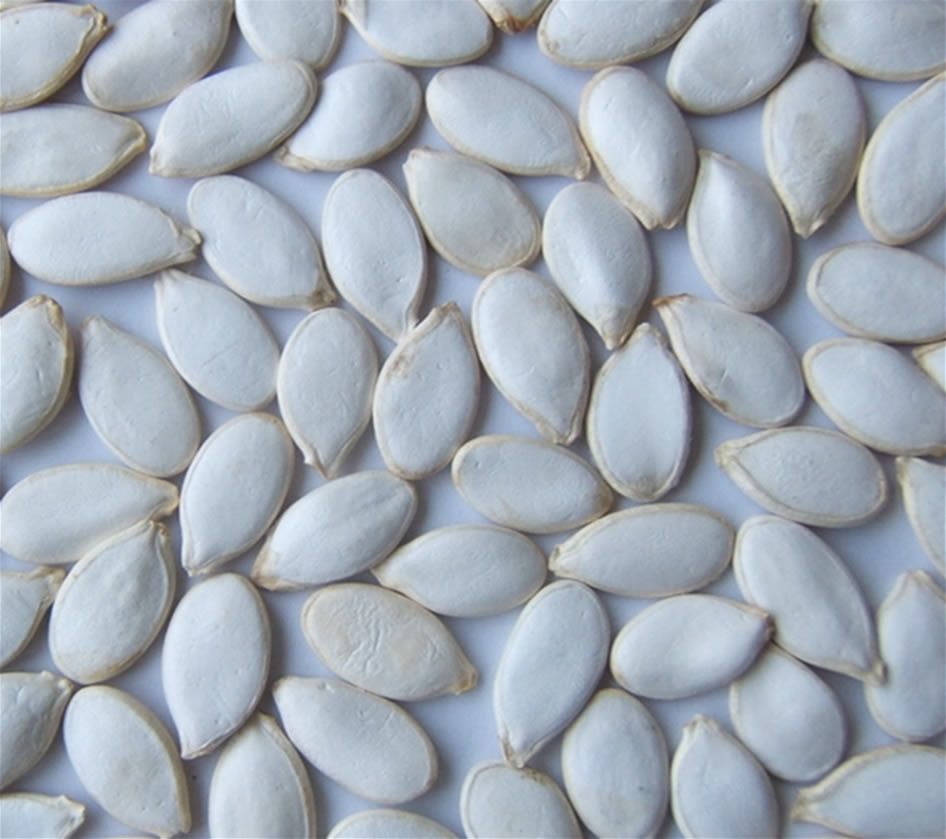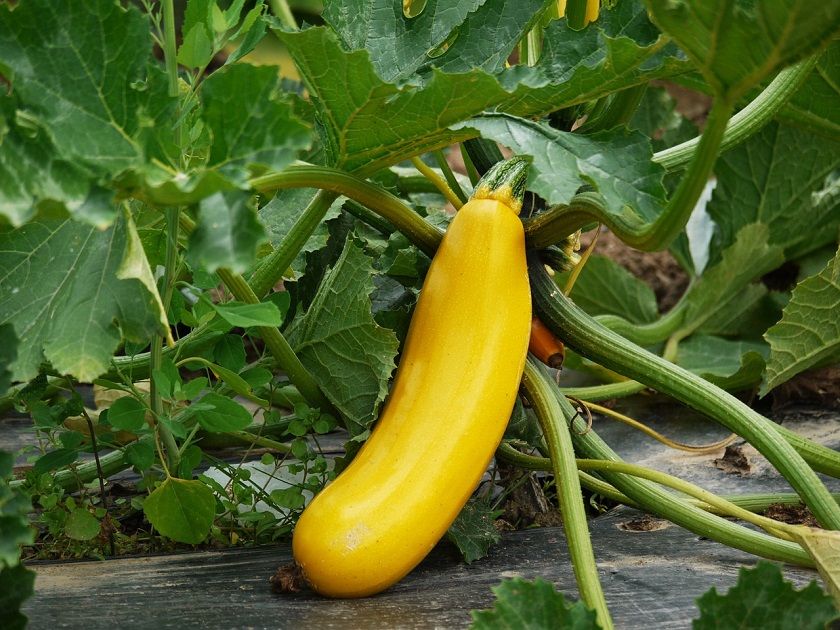Content:
Zucchini is a very unpretentious culture. They grow well in conditions in which cucumbers die. These plants tolerate heat well and continue to bear fruit even under the scorching rays of the sun, provided that on hot days they will receive a sufficient amount of water with irrigation.
Zucchini are very fond of heat and water. They can be grown in seedlings and sown directly into the garden.
The seeds can be planted in the ground after the ground has warmed up enough. In the southern regions, squash is sown in late April and early May. To extend the harvest time, seeds can be planted until June at intervals of two weeks.
Important conditions for a good harvest are:
- planting seeds in warm soil;
- timely watering of seedlings;
- high-quality seed.
Greenhouse or insulated flower bed for an early harvest of courgettes
Zucchini bushes take up a lot of space, so they are mainly grown in open beds. To get a harvest earlier, you can build a greenhouse or a warm bed on your garden plot.
The main difference between a greenhouse and a warm bed from a greenhouse is that these structures do not have a communication system.
A greenhouse can be built from:
- old window frames;
- wooden boxes;
- old slate;
- plastic film;
- polycarbonate.
The insulated vegetable garden is quicker and easier to build. It requires less building materials. Natural biomaterial is required to heat both types of structures.
How to build a greenhouse from window frames with your own hands
Building a greenhouse begins with choosing a suitable location. For such a structure, a flat, well-lit area with sunlight is suitable. If possible, the greenhouse should be placed on the site in the direction from east to west.
To build a greenhouse you will need:
- used window frames with glass;
- long boards;
- timber;
- self-tapping screws;
- piano hinges.
To build a foundation, you can use:
- bricks
- cinder blocks
- old wheels.
After the required amount of material has been collected, you need to start making a drawing of the future structure. The length and width of the greenhouse will depend entirely on the number of available window frames.
Before creating a drawing, you need to carefully measure all window frames. It is their size that will be the decisive factor when creating a structure.
Stages of construction construction:
- The boards are sawn according to the length specified in the drawing.
- The prepared building material is treated with bitumen mastic.
- On the site allocated for the construction of a greenhouse, markings are applied for building a foundation;
- The base (foundation) for the future greenhouse is laid out of bricks or cinder blocks;
- The timber is laid on a brick foundation and fixed with cement;
- Boards (supports) are attached to the inner and outer sides of the timber using self-tapping screws;
- From the inside, the boards are reinforced with a metal corner;
- A row of horizontally lying boards is attached to the vertically standing supports so that both edges coincide with the ends of the box.
- Window frames are attached to the resulting frame using piano hinges and self-tapping screws.
The gap between the outer and inner boards can be filled with:
- construction waste,
- glass wool;
- dry sand;
- soil.
The resulting frame can be improved by making the back wall slightly higher than the front. With this configuration, water will drain from the greenhouse roof. The side walls for such a greenhouse should be cut in the shape of an angle.
The resulting shelter can be heated using natural biofuel. To do this, a layer of horse manure or mullein is spread on the bottom of the greenhouse, which is covered with soil mixture.
Construction of a warm flower bed for vegetable marrows
The preparation of the beds for zucchini usually begins in the spring with the choice of a place for arranging a flower bed. Smooth, well-lit areas of the garden are suitable.
For the construction of the garden you will need boards or cinder blocks. Depending on the amount of building materials and the size of the free area, a drawing is created. The length of the bed can be any, but the width should not be more than one meter.
Then you need to act like this:
- on the site selected for construction, markings are applied according to the dimensions indicated in the drawing;
- a trench with a depth of 30 to 50 cm is being dug along the perimeter;
- erecting walls from cinder blocks or boards;
- the bottom of the bed is laid out with a metal mesh;
- a layer of gravel or broken brick is poured onto the mesh;
- the broken brick is covered with sand.
Boards for the box are pre-treated with bitumen mastic. Then a box of the required width and length is made of them.
It can be made in the workshop or made directly on site. To do this, on the sides of the intended perimeter, supports are dug in, to which boards are attached with self-tapping screws. The height of the box together with its underground part must be at least 60 cm.
The inner part of the box is filled in layers:
- the lower layer consists of large branches cut from fruit trees in the fall;
- the second layer from the bottom consists of small chips and sawdust;
- the third layer is made from hay, weeds, leaves and vegetable peels;
- the fourth, topmost layer, is made from soil.
In addition, arcs are installed over a warm garden bed for zucchini; in a cold spring, a film shelter can be strengthened on them, which will protect the plants from frost.
What to choose: a greenhouse or a warm bed?
To choose between two designs, you need to compare their advantages and disadvantages.
A warm bed for the next year can be used for any other crops. A greenhouse intended for zucchini, due to its limited height, is not suitable for growing:
- tall plants (tomatoes);
- crops with very large fruits (pumpkin).
The advantage of using warm beds in the garden is that almost all vegetable waste is used for their device. Thus, the problem of soil saturation with organic fertilizers is solved.
A warm bed in the southern regions can be used twice per season:
- for spring cultivation of zucchini;
- in summer and autumn for the cultivation of radishes, green onions, dill.
A warm flower bed is suitable for the simultaneous cultivation of zucchini and some varieties of flowers (asters). In the spring, a film shelter is installed over the ridge, and in the summer it is enough to open it and you can continue to grow a suitable culture in it.
